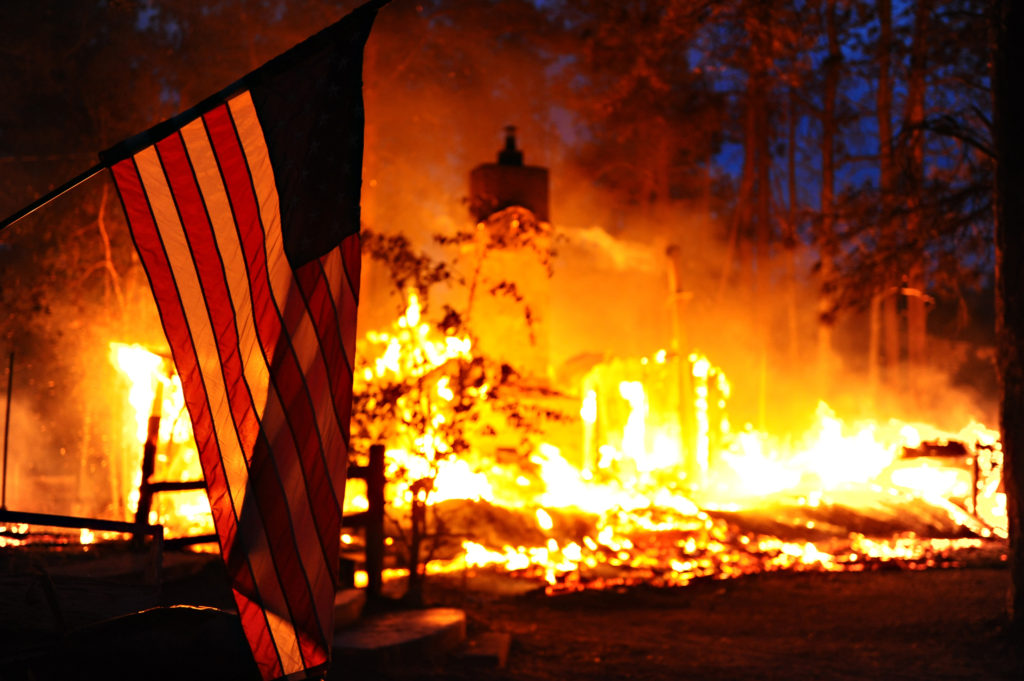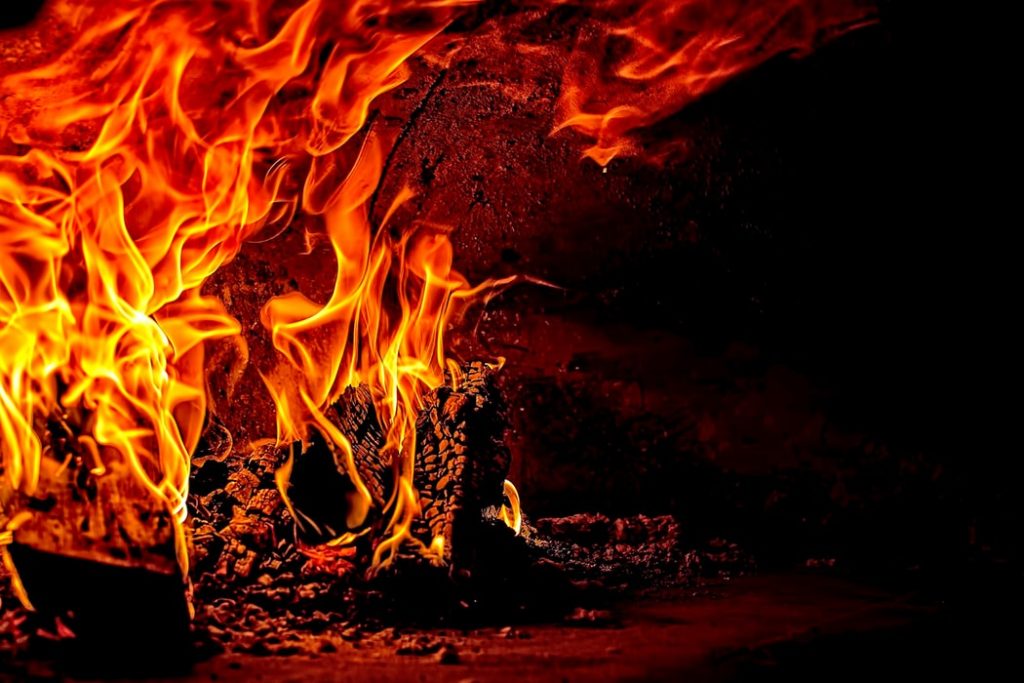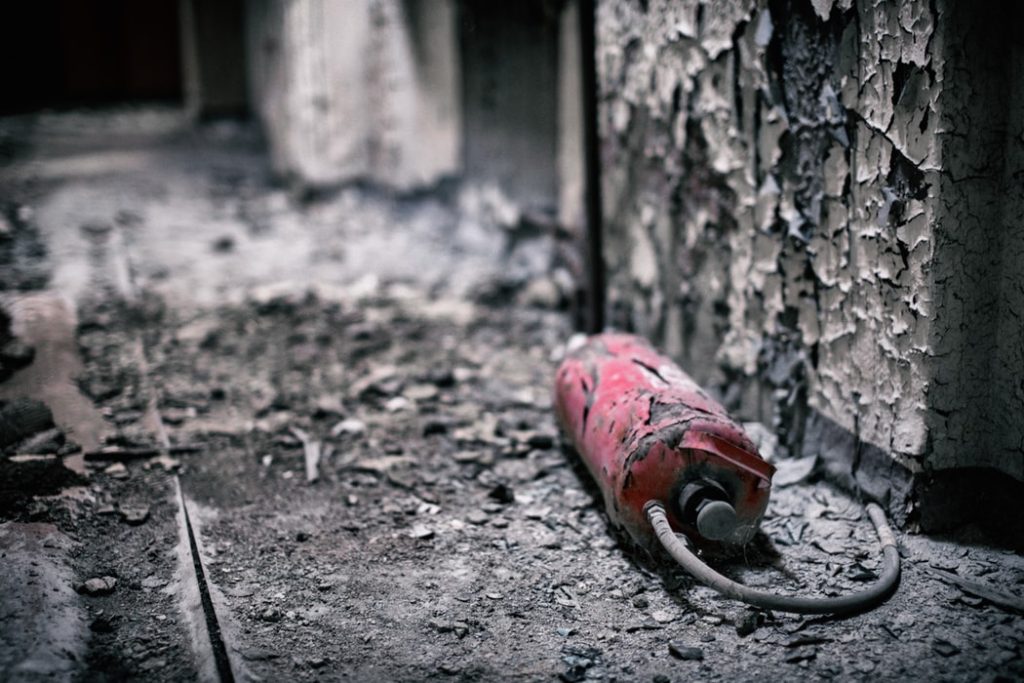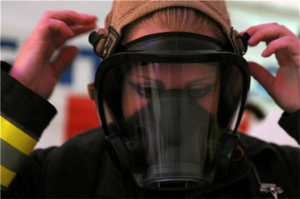Even if the fire is necessary for human life as it allows us to establish ourselves in very cold climates and eat foods that would otherwise be less or not digestible, facing a fire at home is a real threat to life.
Throughout history, infamous fires have ravaged cities of importance. We think of the great fire of Rome in 64 AP. J – C. But also to that of San Francisco in 1906 caused by an earthquake. Montreal also saw its major fires in 1734 and 1852.
Also, talk about the red weekend when 25 importance fires caused major damage as a result of a strike by police officers and firefighters.
Every major fire begins with a simple, small uncontrolled fire. Sometimes the fire affects only a house or a building. More rarely, it has been a neighborhood or even a whole city.
For us, who seek independence and who are considering that the environment in which the structures and services that protect us are no longer able to perform their role, at a time when insurance companies are insolvent, the fire in our house can ruin all of our prepping.
We cannot prevent a city from burning, especially if it is bombed or plagued by riots. However, we can avoid disaster by doing what has to be done.

Everybody must be aware of the fact that fire can result from three factors that have to be met:

- Combustible
- Oxygene
- Heat
All materials are not combustible but all fuel can ignite combustion. Contrary to common opinion, it is not the presence of a flame that starts a fire, it’s the heat.
So the paper will ignite when it reaches 170 to 270 degrees Celsius, depending on whether it is compressed or not, wet or not and depending on its composition. Vegetable oil ignites at 350 degrees Celsius.
There is, therefore, no need for a flame to light a fire, the heat is enough…
Fire classes
- Class A – Dry fires (e.g. wood, paper)
- Class B – Liquid fires (e.g. gasoline, paraffin) and gas fires (e.g. butane, propane)
- Class C – Electrical appliances under tension
- Class D – Metals fire
- Class K – Oil and grease on stoves fire
There are all kinds of different ways to put out a fire, but obviously, those that interest us are those that are within our reach and that don’t require equipment of industrial type.
Fire extinguishers are classified according to the type of fire they can fight effectively. Invariably, these classes are marked on each extinguisher.
Unlike the generally widespread idea, water can’t turn off all fires. Water is used with dry fires (class A). For the rest, fire extinguishers to the appropriate class “ABC” or “AC” or “BC” are needed.
A class X fire must be extinguished with a fire extinguisher of a similar class. It is critical to understand this because using the wrong class of fire extinguisher can spread the fire and put you in a dangerous.
Fighting a starting fire

In these circumstances, you have to deploy quickly the right measures. Any room where we burn fuel or Cook foods should be equipped with a fire extinguisher or fire fighting means.
Let us remember: it takes a fire a combustible, oxygen and heat to exist. By depriving the fire of one of these three conditions sine qua non, we kill it instantly.
We will reduce the temperature of the object that burns by sprinkling all what can cool the burning object or deprive it of oxygen.
If the fire is not controlled quickly, if it spreads once you have started turning it off, if it spreads despite your attempts, if you’re bothered by smoke or combustion gases while facing a fire at home, EVACUATE and call the Fire Department.
In the case of fires of electrical origin or lights off-Pan liquid, you must warn firefighters so that they inspect the place or at least advise you on how to proceed, be cautious because sometimes the liquid spread into the floor or walls.
Precautions:
Here are some simple precautions to reduce or even cancel the risk of disaster:
- Never start a flame of any kind near a flammable object.
- If you choose to light candles or a fire lamp when the electricity is no longer distributed, be cautious because we can easily make errors of manipulation of lighting in the dark.
- Don’t let young children use lighting fuel.
- Keep at home a fire extinguisher for every fire class, keep another one in your car.
Equipements:

As a useful precaution: Always have at hand a cover fitted to the pan that you use, you may need it to block the arrival of oxygen so you kill the threat when you are facing a fire at home.
In the Studio and in your car: Keep a class ABC extinguisher.
Dealing with the smoke:
There is no natural way to protect yourself from the smoke, the only solution is to breathe where there is no smoke, which can be an impossible mission knowing that kind of situation.
The smoke goes toward the ceiling, so you have to crawl on the ground to avoid it. In this situation, it’s life-saving to have an oxygen mask, this kind of equipment is not common in a house, try to have them in hand.
In addition, you should have a tool to break the windows if you want to evacuate, you should have an axe, hatchet, or a foot long crowbar and a good weight. Note: when you break a glass, put yourself in height and hit it all the way up, you will decrease the risk of cuts.
Protect yourself against the shards of glass that may touch your eyes. If you live on the floor, also carry a rope and a ladder or a strong rope which offers a good grip and plan ahead the way to fix it firmly, tie a strong knot and fix it on an object that will hold the weight of an adult carrying a young child.
Fire is an unpredictable element, appearing without warning, very often as a result of carelessness. It can be put off or instead spread very quickly. In our societies, houses and property can burn quickly. We should not overlook the fire protection even if we have never faced a similar situation, things can change, so stay vigilant.







